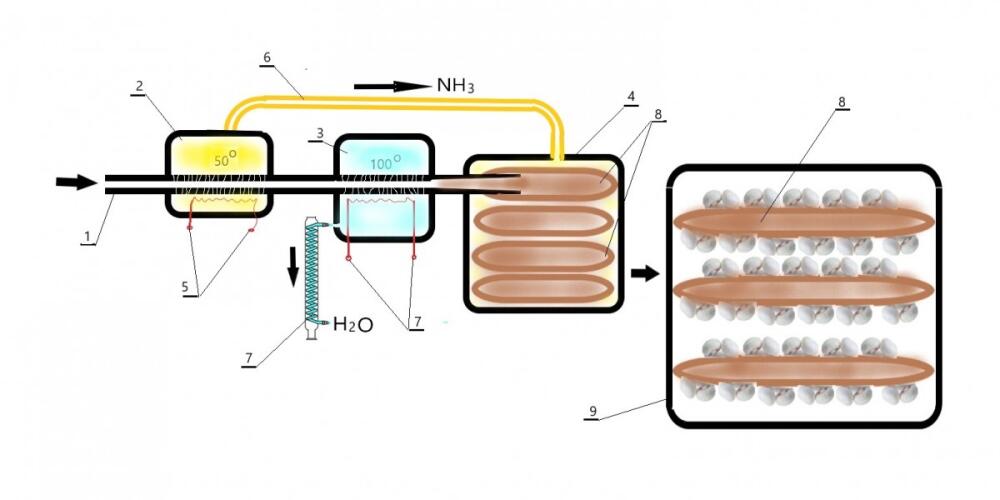
In today's space stations, all food and water for the crew must be brought from the ground. This is a very big logistical and material problem that will have to be solved on longer trips by producing drinking water and at least some food. Drinking water can be produced by distilling or filtering wastewater, but food production is more difficult. Due to the lack of gravity, soil and water do not stand at the bottom of a pot, but can leak from the pots in which they are located, or float in the pot, and the plants do not know which side they should grow on. Aboveground parts can grow towards a light source, and underground ones can grow in all directions. Therefore, the cultivation of plants would have to be done in closed containers that rotate slightly to produce a small artificial gravity.
However, mushrooms do not only grow upwards, but can grow on all sides, from the substrate to the air. Biological waste from the crew, ie feces and urine, and food waste could serve as a basis for the growth of fungi. In order to make the substrate, the biological waste would have to be dried, pasteurized, and pressed into the intestines of thin perforated textiles. When such pipes are filled with biological waste, they would look like sausages. Such "sausages" would be placed in special containers where the required temperature would be maintained, and where mushroom mycelium would be added to them, and mushrooms would begin to grow from them.
The production process is very simple:
Biological waste is pressed into the solid pipe as sludge under pressure (1). This tube (1) passes through an ammonia separation vessel (2) in which the heaters (5) heat the waste to about 50 degrees Celsius. The tube (1) is perforated on the part passing through the ammonia separation vessel (2), and through these small perforations vessel the form of gas exits the tube (1) and enters the ammonia separation vessel (2). From here, ammonia gas and other volatile contents are discharged through a pipe (6) into a compost bin (4). After separating the ammonia, the waste moves slowly further through the pipe (1), and enters the waste drying container (3) through which it passes to the other side. In the part of the pipe (1) that passes through the waste drying container (3), the pipe is also perforated. In this waste drying container (3) there are heaters (7) that maintain the temperature at 100 degrees Celsius. Here the water in the waste is converted into steam and through small perforated openings the water vapor exits into the waste drying vessel (3) from where it passes through a refrigerator (7) in which the water vapor is converted into running water. Dried waste with a very low moisture content under pressure exits the part of the pipe (1) that passes through the waste drying container (3), and enters the compost filling container (4). In this container, dried and pasteurized waste is pressed as compost into thin textile hoses (8), and is stored in this container as a sausage. The compost bin (4) is tightly closed and cooled, and ammonia enters it through the ammonia pipe (6). By cooling the compost, ammonia binds to cellulose and other substances in the waste, and is converted into urine. The cooled compost pressed into the thin textile hoses (8) is transferred to a much larger mushroom production container (9) where the temperature is set to the temperature required for mushroom growth. The mycelium of edible mushrooms is added to this container and enters the compost, and in a few months the compost turns into edible mushrooms. The rest of the fungus can be reused as mycelium to produce new mushromos.
I have described most of my other innovations in this book.
Tags
Featured articles